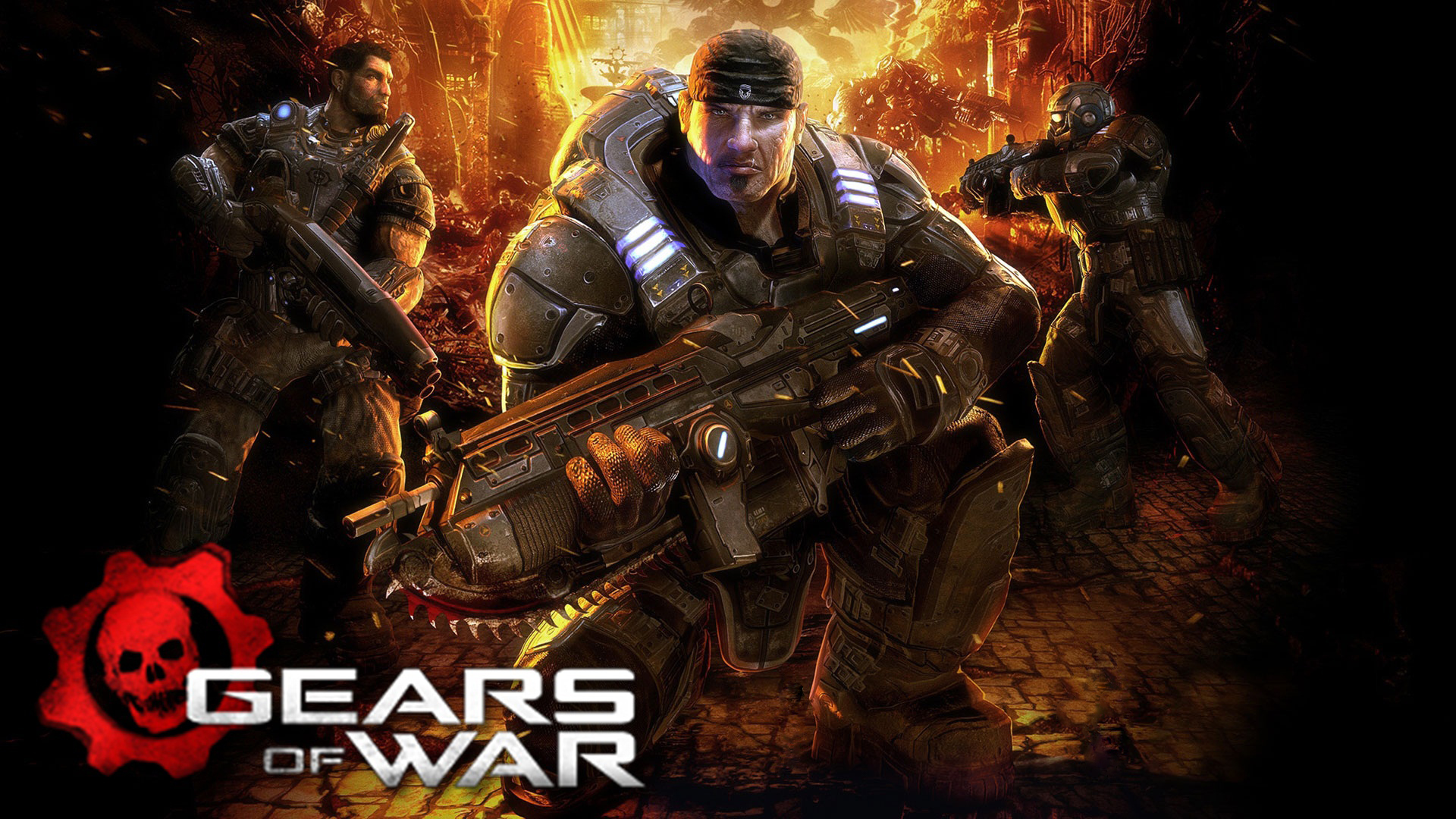How to transform your team’s performance and engagement using game psychology

Anyone who plays popular computer games or has children that do, will confirm that they can be highly engaging to the point of being addictive – particularly the massively multiplayer online (MMO) games. If people can be so engaged with gaming, why can’t they be as engaged in the workplace? A simple analysis of game psychology shows that there are a number of concepts that can be adopted very easily.
Gaming appeals to all generations and genders because gaming taps into some fundamental psychological concepts that underpin our motivation and engagement.
If you look at a popular game, you will find five key attributes. By understanding these features, you can adopt and adapt them for business – either internally, to build employee engagement and team performance, or externally in marketing and customer engagement. These five attributes are Autonomy, Mastery, Purpose, Progress and Social Interaction. Game psychology builds upon research into neuroscience and is part of our evolving understanding of how our minds work.
AUTONOMY
In games: there is an objective but you have to choose your own methods or route to get there, thus testing your skill and perception.
How to apply it in the workplace: set objectives but allow individuals the freedom to make educated choices and select their own means to achieve the objectives set. We have recognised that restrictive “command and control” management inhibits innovation and improvement. Given the space to make choices, people will demonstrate extraordinary effort and creativity.
MASTERY
In games: players can improve their skill and performance to achieve results. There are visible measures (scores) and recognition for attaining progressive levels. There is also comparison of scores between players (real or virtual) to indicate level of mastery.
In the workplace: define what levels of attainment are possible and expected from your people, provide a form of measurement and regular feedback to individuals so they know what levels they have attained and what further progression is possible. Once mastery has been attained, provide further opportunities to progress. Make it visible.
PURPOSE
In games: the purpose or objective in a game is very clear right from the outset. There are scores to attain, players to beat or secrets to be revealed. This is what draws players into the game.
In the workplace: communicate strategic objectives and business goals to everybody. Explain the significance of these goals, and provide a tangible link between the work of the individual, the team and the organisation so everyone knows why they are doing what they do. This will require well-considered internal communication, because people are rarely motivated by the idea of working hard to make others wealthy. They need to feel that their contribution matters.
PROGRESS
In games: scores are essential, to show progress towards goals and comparison with other players. Players need to know how they are doing, so they can adjust their actions based on knowing what works and what doesn’t. They will be motivated by seeing the achievement of an objective becoming tangibly closer.
In the workplace: this is closely aligned with Mastery, because individuals need to know not only what they are aiming for but also how they are progressing and how near they are to their goals. Like games, this requires frequent feedback so progress can be seen in as near real time as is practical. Some functions such as sales, telemarketing and customer services are much easier to measure because there are defined objectives (e.g. sales) and defined measures (e.g. revenue value). Other professions, and also other functions in those same professions (e.g. acquiring product knowledge) may be less easy to define. However, they still need specific measures and feedback to make performance improvement compelling and motivating.
SOCIAL INTERACTION
In games: multi-player games obviously have social interaction, perhaps not in the traditional sense of people in the same room, but virtual interaction can be just as stimulating. You only have to listen in to a World of Warcraft campaign to know how engaged the players can be! Even single-player games have an important social connection. Friends talk about shared gaming experiences. There are on-line communities and forums giving plenty of opportunity for sharing the fun and achievements.
In the workplace: communication is key. Sharing progress and results, encouraging friendly competition and supporting collaboration all create the necessary buzz. As teams become more diversified, a private on-line platform will be a great help in providing the connection. Private groups on LinkedIn and Facebook are a simple option, alternatively there are enterprise social network (ESN) apps such as Yammer, Salesforce’s Chatter, SocialCast and many others. Left alone these initiatives often flag, but with the catalyst of an enthusiastic moderator, these ESNs can create their own momentum of use and enthusiasm.
You have probably noticed that all five of these game attributes are interconnected. You will also have recognised the features of good games, and the link to the workplace is common sense and hardly controversial. So why is it not happening already? There are many reasons for this, and if you want to increase engagement and team performance using these ideas, it is worth considering how to make it sustainable.
One of the major obstacles is not lack of incentive or even understanding. It is the daunting prospect of developing and implementing game-inspired processes across the business, because they also need to be aligned to business goals and objectives to achieve the uplift in performance that is possible.
If you want to increase your people’s level of engagement and team performance using game psychology, it is worth looking at an on-line subscription-based software tool called MyObjectives. This brings together a results-focussed methodology, alignment of team objectives to business goals and the use of game psychology to create highly engaged teams. This solution can be applied to single or multiple teams, and scaleable from SME to large enterprises.
